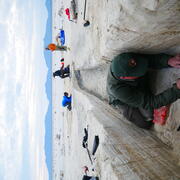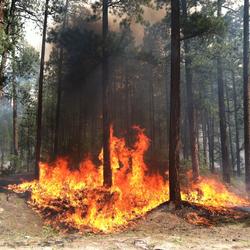Drought and Floods
Droughts and floods are extreme events in the water cycle that can have catastrophic and lasting impacts on ecosystems and society. The Ecosystems Land Change Science Program integrates data from instrumental and geologic data to understand the impact of these events and to anticipate and mitigate their impacts in the near and distant future.













